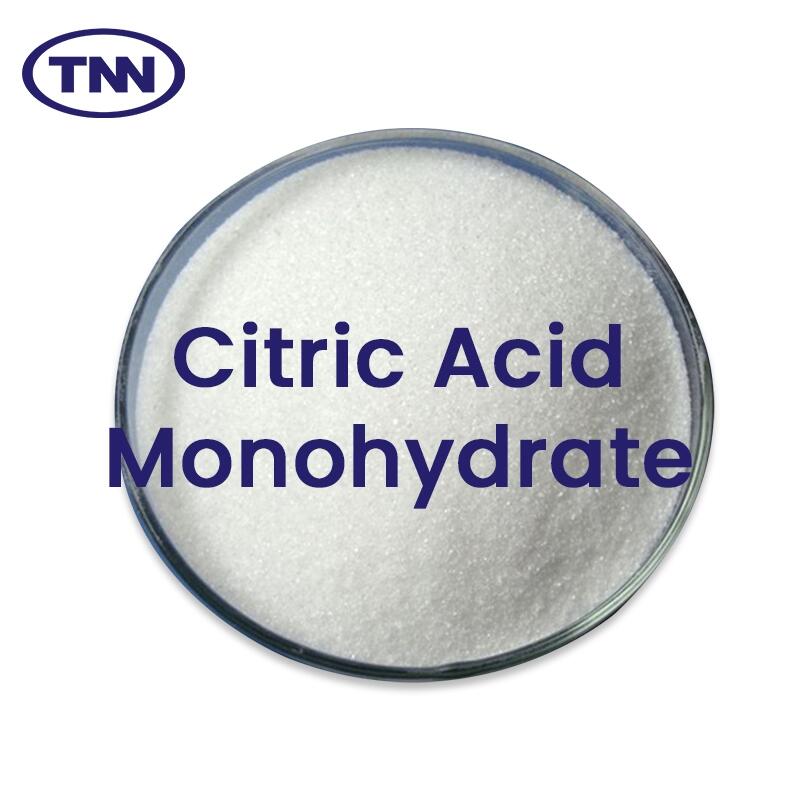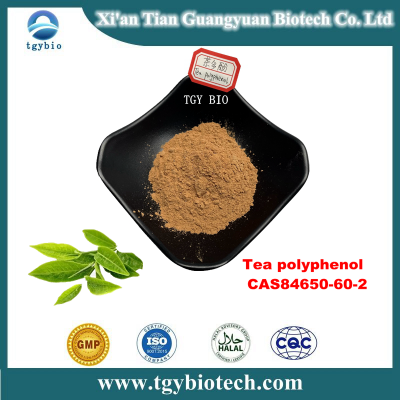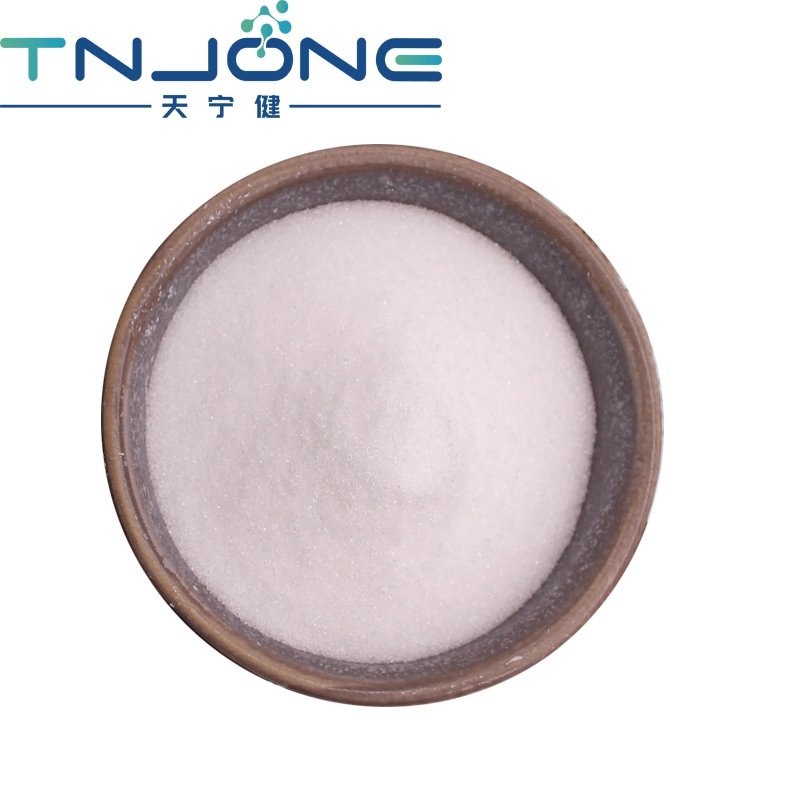-
Categories
-
Pharmaceutical Intermediates
-
Active Pharmaceutical Ingredients
-
Food Additives
- Industrial Coatings
- Agrochemicals
- Dyes and Pigments
- Surfactant
- Flavors and Fragrances
- Chemical Reagents
- Catalyst and Auxiliary
- Natural Products
- Inorganic Chemistry
-
Organic Chemistry
-
Biochemical Engineering
- Analytical Chemistry
-
Cosmetic Ingredient
- Water Treatment Chemical
-
Pharmaceutical Intermediates
Promotion
ECHEMI Mall
Wholesale
Weekly Price
Exhibition
News
-
Trade Service
Core Reminder: At present, there are only a few regulations for specific types of food additives in Hong Kong,including the "Coloring Matters in Food Regulations" (Chapter 133H), "Sweeteners in Food Regulations" (Chapter 132U),and Regulations on Preservatives in Food (Chapter 132BD). When using food additives other than coloring materials, sweeteners, or preservatives/antioxidants,food manufacturers should decide on their Add additives to relevant foods and ensure that the food is suitable for human consumption.
At present, Hong Kong has only a few regulations for specific types of food additives ,including the "Coloring Matters in Food Regulations" (Chapter 133H), " Sweeteners in Food Regulations" (Chapter 132U),and " Preservation in Foods" agent Regulation "(Cap 132BD). The use of coloring matters,sweeteners or preservatives / antioxidants than the functional class of food additives ,the food manufacturer shall determine its recipes and products used in the ingredients of related purposes,with "good manufacturing practice" ( GMP ) food Add additives to relevant foods and ensure that the food is suitable for human consumption.
1. SweetenerSweeteners in Hong Kong are regulated by the "Sweeteners in Food Regulations" (Chapter 132U).The Regulation stipulates that "sweetener" refers to any sweet compound, but does not include sugar or other carbohydrates or polyhydric alcohols.For example, sorbitol is a kind of polyhydric alcohol and is not subject to the regulation in Hong Kong.It can be used as an ingredient in foods in accordance with GMP. It is not necessary to specify the action category as a sweetener on the ingredient list.
The Schedule of the Regulation stipulates 10 kinds of permitted sweeteners,
including: acesulfame potassium, diazide amide, asparagine, asparagine-acesulfame salt, cyclohexyl sulfamic acid , Saccharin, sucralose, thaumatin,
neotame and steviol glycosides. However, the attached table does not specify the maximum permitted content of sweeteners,
and food manufacturers should use sweeteners in food correctly in accordance with GMP.
2. Coloring materials
Colouring matters in Hong Kong are regulated by the Colouring Matters in Food Regulations (Chapter 132H).
Schedule 1 of the Regulation stipulates the coloring materials allowed to be used in food.
Part I is coal tar pigment (a synthetic pigment, as opposed to natural pigment), including sunset yellow,
chocolate brown, erythrosine, brilliant blue, etc. A variety of pigments.
Part II is for other pigments, including sauce color, cochineal red, titanium dioxide,
natural coloring materials for edible fruits or vegetables (such as beet red, gardenia blue, grape skin extract, chili oleoresin, etc.),
or from such natural pigments Isolated or artificially synthesized pure pigments and aluminum or calcium salts (lakes) of any pigments listed in the attached table that are soluble in water.
Attached Table 2 specifies the labeling requirements for coloring materials, pigments and flavoring compounds.
Food manufacturers can only use coloring materials permitted by the regulations, and the amount added is limited to the minimum amount required to exert the expected effect of the coloring material.
Coloring materials should be used correctly in food in accordance with GMP.
3. Preservatives and antioxidants
Preservatives and antioxidants in Hong Kong are regulated by the "Preservatives in Food Regulations" (Chapter 132BD).
The regulations specify the types of preservatives and antioxidants that can be used in foods, the maximum permitted levels, and substitutes.
It is worth noting that food additives that are not included in the definition of preservatives and antioxidants can still be used as preservatives or antioxidants in food in Hong Kong,
but they are not regulated by the "Preservatives in Food Regulations" and must be used when used.
Comply with other relevant laws in Hong Kong, including the Public Health and Municipal Services Ordinance (Chapter 132) and the Food and Drugs (Composition and Labelling) Regulations (Chapter 132W).
When using these additives, they must also comply with the general provisions of the law, that is, all foods sold must be fit for human consumption.
In addition, companies must use these food additives in accordance with GMP regulations.
Fourth, label identification requirements
Food additives
If pre-packaged food contains food additives, its function category and its own name or identification number in the international
coding system for food additives must be listed on the food label (either with or without the prefix "E" or "e"). can).
For example, ingredients: humectant (sodium lactate), antioxidant (sodium acetate, sodium ascorbate), preservative (sodium nitrite);
or ingredients: humectant (325), antioxidant (262i, 301), preservative ( 250).
Processing aids
According to the Food and Drugs (Composition and Labelling) Regulations, “additives” include food processing aids,
but the existing laws in Hong Kong do not specifically define their definitions. They mainly refer to the requirements
of the Codex Alimentarius Commission and may not be indicated on the label.
Nutrients used to enhance food nutrients
According to the Food and Drugs (Composition and Labelling) Regulations, "additives" do not include nutrients (such as vitamins and minerals)
that are used to enhance food nutrients.
They do not need to be labeled as additives, but they must still be used as ingredients.
Vitamins and minerals are listed in the ingredient list. If vitamins are added to food to achieve certain technical effects,
these vitamins must be labeled as additives.
Spices/Spices
At present, Hong Kong law does not define spice/spices, but the “additives” do not include “herbs or spices used for flavoring”.
In addition, according to the Food and Drugs (Composition and Labelling) Regulations, if the prepackaged food sold in Hong Kong uses flavoring as an ingredient,
its category name must be listed on the ingredient list. When considering whether to allow certain types of flavoring agents to be added to food,
Hong Kong will refer to the results of safety assessments conducted by international food safety agencies such as the United Nations Food and Agriculture Organization/WHO Joint Expert Committee on Food Additives.
Flavoring agents that have been assessed as safe,
and the amount used in food should comply with GMP guidelines to ensure the safety of Hong Kong citizens.







